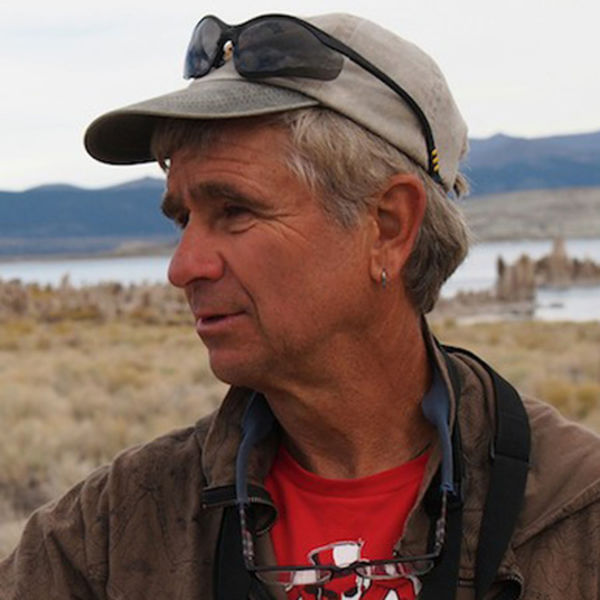For the last several years and especially this summer, we have been treated to an exceptional nature show in San Francisco Bay. Since 2015 or so, humpback whales have been spending a lot of the summer within sight of Alcatraz feeding on schooling anchovies.
Humpbacks are some of the most acrobatic of all cetaceans — throwing their tails (flukes) up high into the air as they dive, swatting the water with giant pectoral flippers, lobbing their massive tails over and over again on the sea surface and of course breaching — leaping almost completely out of the water and making a gigantic splash. Truly a whale watchers dream whale.
When U.S. whaling was finally banned in 1972, there may have only been 2,000 humpbacks left in the North Pacific Ocean. Given protection, they have rebounded big time and now there may be as many as 20,000. Their scientific name, Megaptera novaeangliae, literally means the big-winged New Englander. The pectoral flippers are huge, one-third the length of the body, and many were initially found off of New England.
One reason for their reproductive success is the flexibility of their diet. Like most of the larger whales, they use baleen plates hanging from the roof of the mouth to filter huge quantities of water and extract food. Often this is macroscopic invertebrates like krill. Blue whales, for example, only feed on krill, but humpbacks can switch to other prey, like small schooling fish, anchovies or sardines when that becomes available. Good strategy!
I heard that the last whale killed in the San Francisco area was a humpback whale out by the Farallons, and rumor had it that the Richmond Whaling Station processed this animal into dog food. Humpbacks may live to age 60, so within the lifespan of these magnificent animals, we have slaughtered them. Of course, we cannot imagine doing that now.
